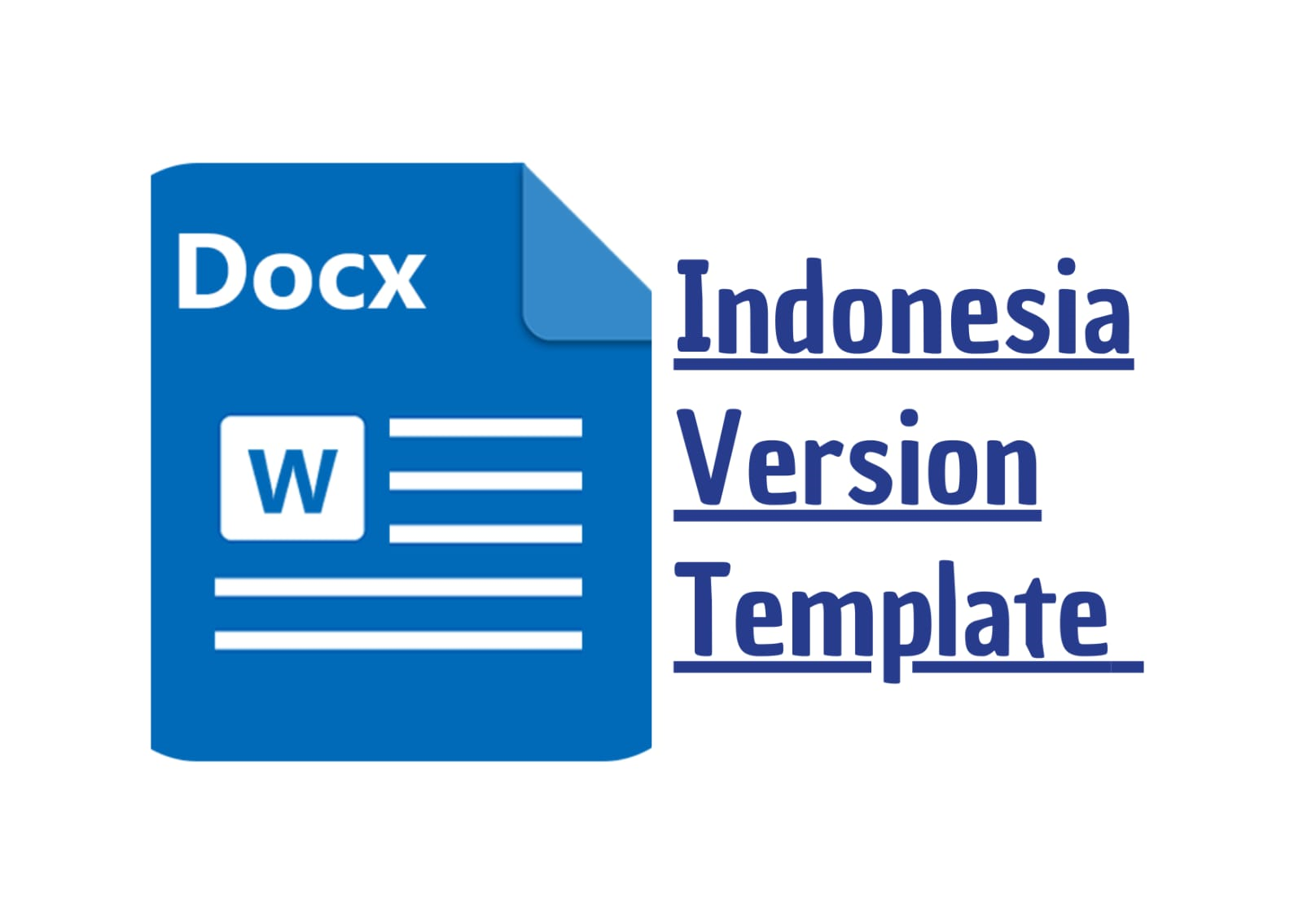Perbedaan Jumlah Trombosit Menggunakan Antikoagulan K3EDTA dengan Volume Sampel Berbeda pada Karyawan Puskesmas Wanadadi 1 Kab. Banjarnegara
Keywords:
Platelet Count, K3EDTA, Different VolumesAbstract
Platelets (thrombocytes) form a mechanical blockage to the hemostatic response to burns through several reactions, adhesion, aggregation, release, fusion, and procoagulant activity. EDTA prevents platelets from clumping, so it is used as an anticoagulant in the platelet count. Excess concentration of K3EDTA causes shrinkage of blood cells. This study aimed to determine the difference in the number of platelets using K3EDTA anticoagulant with different sample volumes at the Wanadadi 1 Health Center employees, Kab. Banjarnegara. The study was conducted by analytical observation from February August 2022. A total of 10 respondents took 5 ml of blood samples and then divided them into K3EDTA vacutubes with sample volume of 0.5 ml, 1.5 ml, and 2.5 ml. Sample examination using the Hematology Analyzer impedanceelektrik method. The type of research design is analytic observational with a cross-sectional design. Random sampling technique. Data analysis was carried out by conducting a normality test. If the data were normally distributed, p 0.05, then the One Way ANOVA parametric test was continued. The mean number of platelets in a sample volume of 0.5 ml is 287,1000 31,14643 mm, the average number of platelets in a sample volume of 1.5 ml is 294,6000 34.67692 mm, and the average number of platelets in a sample volume of 2.5 ml of 291.1000 35.41955 mm. The lowest mean platelet count was at a volume of 0.5 ml based on statistical tests p = 0.885 (P 0.005). So, there is no significant difference in the number of platelets using K3EDTA Anticoagulants with different sample volumes for employees of Wanadadi Health Care Center 1 Banjarnegara.
Downloads
References
Bogusz, M. J. (2011). Quality assurance in the pathology laboratory: Forensic, technical, and ethical aspects. In Quality Assurance in the Pathology,
Corporation, S. (2014). Automated Hematology Analyzer XP -100. Sysmex Corporation.
Fiorin, F., Steffan, A., Pradella, P., Bizzaro, N., Potenza, R., & De Angelis, V. (1998). IgG platelet antibodies in EDTA-dependent pseudothrombocytopenia bind to platelet membrane glycoprotein IIb. American Journal of Clinical Pathology, 110(2), 178–183.
Gandasoebrata, R. (2013). Penuntun laboratorium klinik (D. Rakyat (ed.)). Dian rakyat.
Gari, M. A., Box, P. O., & Arabia, S. (2008). The Comparison of Glass EDTA Versus Plastic EDTA Blood-Drawing Tubes for Complete Blood Count. Analyzer, 3(1), 32–35.
GOOSSENS, W., VAN DUPPEN, V., & VERWILGHEN, R. L. (K3‐EDTA: the anticoagulant of choice in routine haematology? Clinical & Laboratory Haematology.1991
Kiswari, R. (2014). Hematologi dan tranfusi. Eralangga
Kemenkes. (2015). Peraturan Menteri Kesehatan Republik Indonesia Nomor 25 tahun 2015 tentang Penyelenggaraan Pemeriksaan Laboratorium untuk Ibu Hamil, Bersalin, dan Nifas di Fasilitas Pelayanan Kesehatan dan Jaringan Pelayanannya.
Kurniawan, L. B. (2015). Konfirmasi Apusan Darah Tepi untuk Pseudotrombositopenia. June 2014, 7–10.
Lima-Oliveira, G., Lippi, G., Salvagno, G. L., Montagnana, M., Poli, G., Solero, G. Pietro, Picheth, G., & Guidi, G. C. (2012). K 3 EDTA Vacuum Tubes Validation for Routine Hematological Testing . ISRN Hematology, 2012, 1–5.
Medicalet Laboratory & IVD consumable provider. (n.d.).
Narula, A., Yadav, S. K., Jahan, A., Verma, A., Katyal, A., Anand, P., Pruthi, S. K., Sarin, N., Gupta, R., & Singh, S. (2019). Pre-analytical error in a hematology laboratory: An avoidable cause of compromised quality in reporting. Clinical Chemistry and Laboratory Medicine.
Nardin. (2016). Pemantapan mutu Parameter Trombosit pada alat hematologi analyzer dan metode sediaan apusan darah tipis di balai besar laboratorium kesehatan Makassar. In Jurnal Media Laboran (Vol. 6, Issue 2, pp. 17–22).
Nemec, A., Drobnic Kosorok, M., & Butinar, J. (2005). The effect of high anticoagulant K3-EDTA concentration on complete blood count and white blood cell differential counts in healthy beagle dogs. Slovenian Veterinary Research, 42(3/4), 65–70.
Nugraha, G. (2017). Panduan Pemeriksaan Laboratorium Hematologi
Nurrachmat, H. (2005). Perbedaan Jumlah Eritrosit, Leukosit, dan Trombosit Pada Pemberian Antikoagulan ESTA Konvensional dengan EDTA Vacutainer
Permana, A., Zuraida, Z., & Sindarama, S. H. (2020). Gambaran Pemeriksaan Volume Darah 1 cc Dan 3 cc Dengan Konsentrasi Antikoagulan EDTA Terhadap Kadar Hemoglobin Di Klinik Dewi Sartika. Anakes : Jurnal Ilmiah Analis Kesehatan.
Riba, V. C. J., Pessini, P. G. S., Chagas, C. S., Neves, D. S., Gascón, T. M., Fonseca, F. L. A., & Silva, E. B. (2020). Interference of blood storage containing K2EDTA and K3EDTA anticoagulants in the automated analysis of the hemogram.
Sanatang, & Saltia, S. (2018). Perbandingan jumlah trombosit terhadap variasi volume darah dengan antikoagulan k 3 edta metode impendansi elektrikdi rs hati mulia.
Sibabutar, R. (2019). prinsip hematology analyzer.
Xu, M., Robbe, V. A., Jack, R. M., & Rutledge, J. C. (2010). Under-filled blood collection tubes containing K2EDTA as anticoagulant are acceptable for automated complete blood count. International Journal of Laboratory Hematology, 32(5), 491–497.
Downloads
Published
How to Cite
Issue
Section
License
Copyright (c) 2022 Wahyu Hidayah, Tantri Analisawati Sudarsono, Linda Wijayanti , Retno Sulistiyowati

This work is licensed under a Creative Commons Attribution 4.0 International License.




















